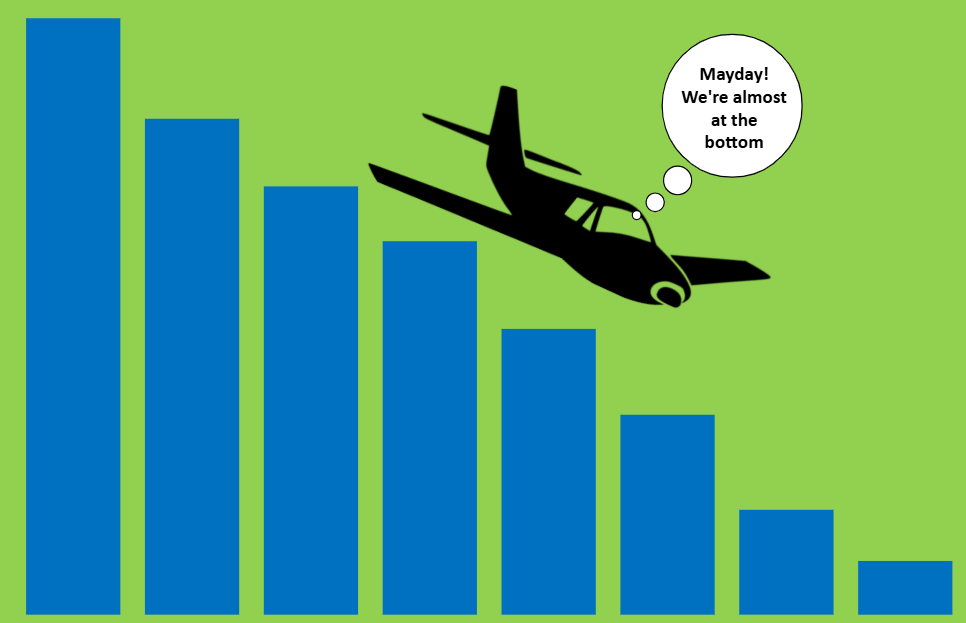LiDAR What's the point of all these points?
- jamesmckenzie654
- Apr 24, 2024
- 2 min read

As LiDAR applications increase and technology improves often the assumption is more
points mean better data sets, however this is not true for every application. When capturing over dense vegetation less pulses can return better ground returns. Aerial Surveys has learnt a lot over the past 15+ years about how good flight planning and the right LiDAR settings can deliver the best ground models in dense bush. So what are the key LiDAR settings which determining good ground returns in dense bush?
Pulse Repetition Frequency (PRF) and Altitude
Understanding PRF:
PRF refers to the rate at which laser pulses are emitted by the LiDAR system. It dictates the density of the point cloud generated and affects the ability of the laser to penetrate through vegetation layers. Higher PRF settings result in denser point clouds but may sacrifice penetration capabilities, especially in dense canopies. Conversely, lower PRF settings allow for deeper penetration but may compromise point cloud density.
Impact of Altitude on Canopy Penetration:
Altitude plays a significant role in LiDAR data acquisition. Higher altitudes can improve coverage and decrease data acquisition time but may reduce the effective resolution and penetration capabilities, particularly in dense vegetation. Lower altitudes offer better penetration but reduce coverage.
So the right combination of altitude and PRF will deliver the best penetration through vegetation and in turn the best ground model. Below is some real world examples of the effect of different PRF settings on the resulting ground models (DEM).

From these examples you can visibly see how triangulation in the ground model increases as the PRF and Altitude are increased over dense vegetation. So whilst the point density is increasing the ground penetration is decreasing.
Understanding the use case and the ground conditions are key to planning. Optimizing PRF settings and considering altitude are paramount in maximizing the effectiveness of airborne LiDAR for canopy penetration and data acquisition. By striking the right balance between PRF, altitude, and environmental conditions, researchers and professionals can unlock the full potential of LiDAR technology for a wide range of applications, from forest ecology to urban planning and beyond.




Comments